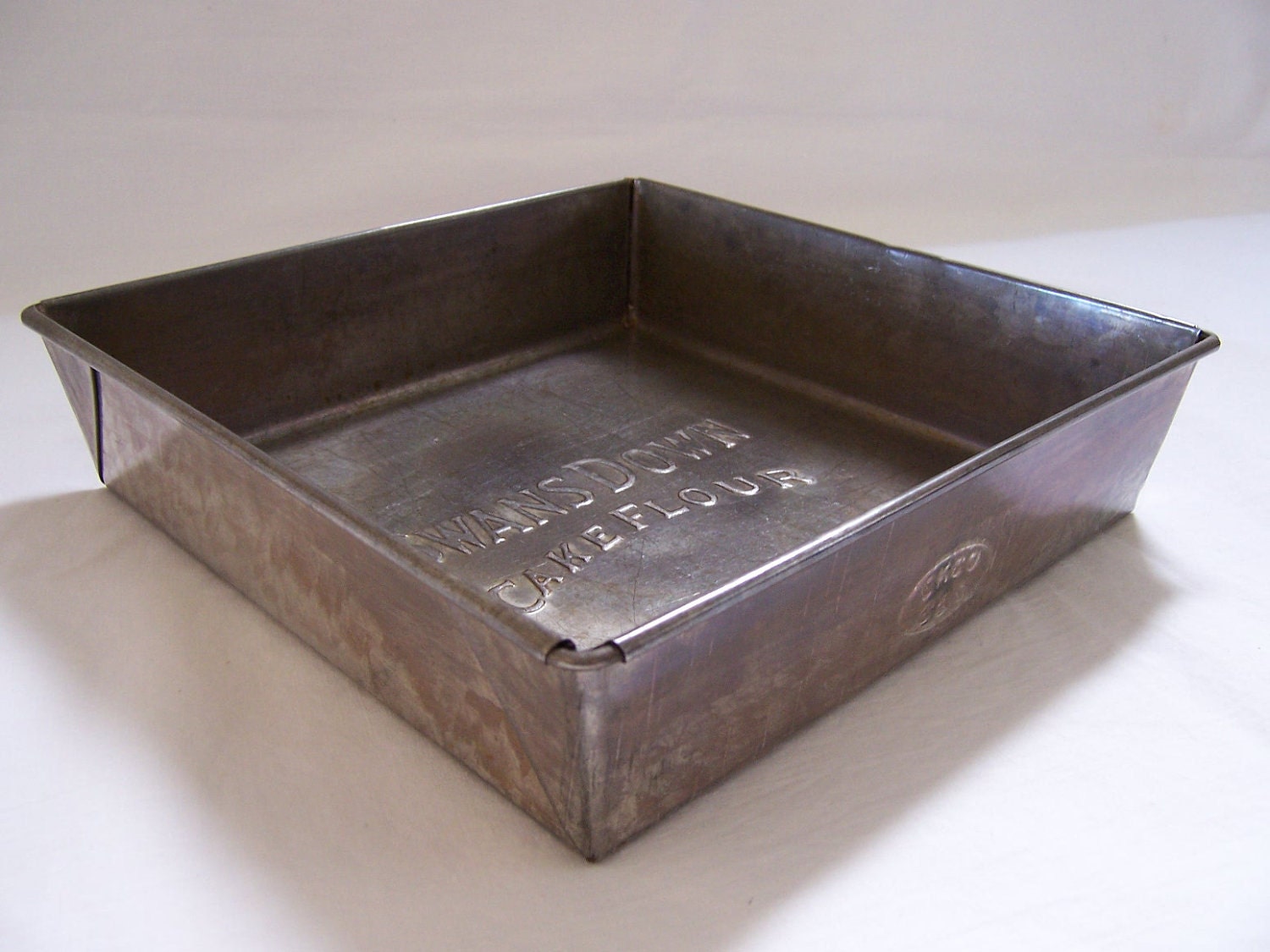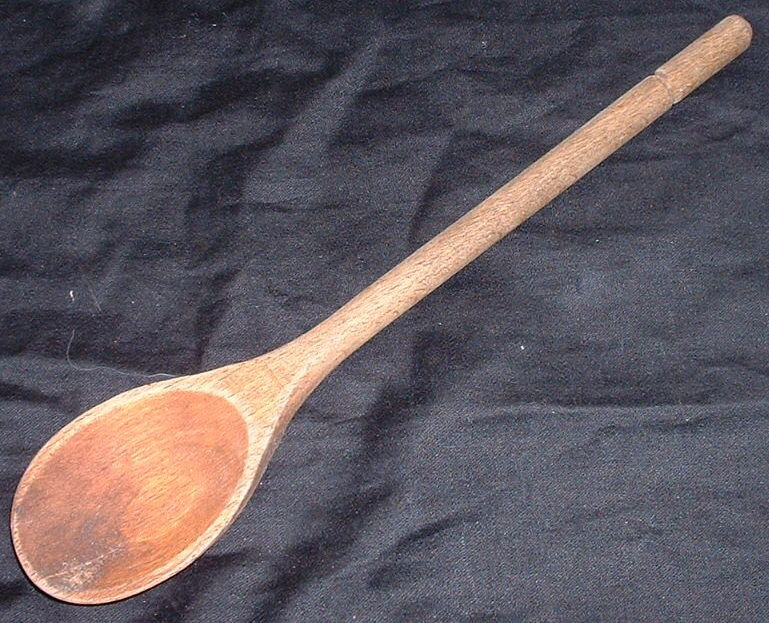The Wassail Bowl was traditionally partaken of in England on Christmas Eve.
It is referred to in Shakespeare's Midsummer Nights Dream and in Oxford University it was representative of an ornate silver gilt bowl holding ten gallons of liquid, drunk out of on St.David's Day.
Here is an old traditional Wassail bowl recipe taken from George Roberts Cups and their customs (1869). Some objects from the Museum of Kitchenalia used to prepare this would include, sugar nippers to break down the sugar from its solid cone shape and a nutmeg grater to add spice to the drink
 |
| 19c Sugar nippers
©MuseumofKitchenalia
|
 |
| Georgian Nutmeg grater ©MuseumofKitchenalia |







